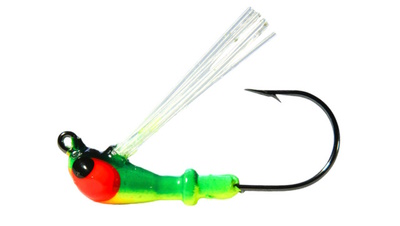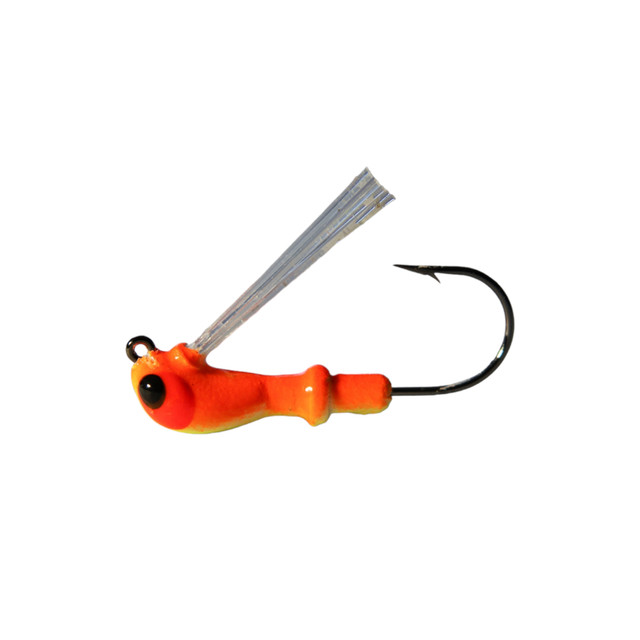Jig Techniques for Fishing Bass

Fishing for bass with a jig can be an incredibly effective technique, but it does require a bit of finesse and skill. In this blog post, we'll explore some of the most effective fishing jig techniques for catching bass, so you can take your angling game to the next level.
Jig Techniques for Fishing Bass
Before we get started, it's important to understand the basics of fishing jigs. A jig is a fishing lure that consists of a weighted head and a hook, typically dressed with a skirt made of silicone or rubber strands. Jigs come in a variety of shapes, sizes, and colors, making them versatile and suitable for a range of fishing situations.
Now, let's dive into some of the most effective fishing jig techniques for catching bass.
Flipping and Pitching
Flipping and pitching are two similar techniques that involve casting a jig near cover and slowly dragging it back towards you. Flipping is the technique of using your wrist to cast the jig short distances, while pitching is a longer casting motion that involves a backswing of the rod before casting.
To use either of these techniques, cast your jig near cover, such as weeds, logs, or rocks. Let the jig sink to the bottom, then use your rod to slowly drag the jig back towards you. Be sure to keep a close eye on your line, as bass will often take the jig on the fall.
Dragging
Dragging is a technique that involves dragging your jig along the bottom of the water, mimicking the movement of a crawfish or other bottom-dwelling prey. To use this technique, cast your jig out and let it sink to the bottom. Then, use your rod to slowly drag the jig along the bottom, pausing occasionally to let it settle.
Swimming
Swimming is a technique that involves retrieving your jig through the water column, mimicking the movement of a swimming baitfish. To use this technique, cast your jig out and let it sink to the desired depth. Then, use a slow and steady retrieve to swim the jig back towards you, keeping it at the same depth throughout the retrieve.
Hopping
Hopping is a technique that involves using your rod to make the jig jump and bounce along the bottom of the water, mimicking the movement of a fleeing crayfish. To use this technique, cast your jig out and let it sink to the bottom. Then, use your rod to make quick, sharp hops, allowing the jig to settle back on the bottom between hops.
Deadsticking
Deadsticking is a technique that involves leaving your jig in one spot for an extended period of time, mimicking the behavior of a stationary prey item. To use this technique, cast your jig out and let it sink to the bottom. Then, use your rod to lift the jig up off the bottom, and then let it settle back down. Once the jig has settled, leave it in one spot for a few seconds to a few minutes, depending on the conditions.
Best Jigs for Catching Bass
Of course with a little bit of patience and skill, you'll be able to catch a bass. We hope our jig techniques for fishing bass gave you some insight into how to catch bass or more information about fishing. Check out the experts at Invasion jigs, where we specialize in jigs and other types of tackle. Jigs are ideal for catching bass, as well as a variety of fish. They can be incredibly effective and versatile for many methods. It all comes down to your preference and what works for you, but make sure you choose the best jigs for catching bass!
Invasion Jigs - Designed to Catch More Fish
Multicolor Jigs - Solid Color Jigs - Weedless Spinners - Pocket Packs


